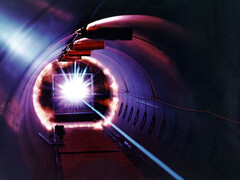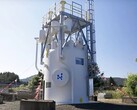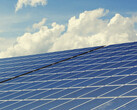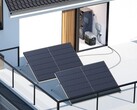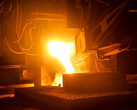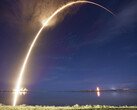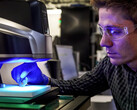The University of Rochester's Omega laser system is one of the most powerful of its kind. At the same time, the laser light generated there is of a particularly high quality, which ensures efficient energy transfer to the target.
These are the perfect foundations for further optimizing an experiment conducted in 2022 in which 50 percent more energy was released than the laser delivered. However, the total amount was still modest: 0.3 kilowatt hours were obtained, while around 150 times as much energy had to be fed in during the preliminary run.
And the experiment had a few more snags. The plasma, i.e. the ultra-high-heat basic materials for nuclear fusion, so that atoms and electrons are completely separated from each other, had to be enclosed in a capsule coated with gold.
Only then was the combination of extreme pressure and a temperature of several million degrees sufficient for conditions that also prevail inside the sun. There, the nuclear fusion process and the large surplus of energy are known to work very reliably.
And while over 180 million degrees Fahrenheit (100 million degrees Celsius) are required at normal pressure on Earth, the temperature in the core of the sun is just 27 million degrees Fahrenheit (15 million degrees Celsius).
Practical implementation conceivable
The experiment therefore does not necessarily appear to be really practicable and scalable. However, it shows that the energy from laser light alone is enough to stimulate the plasma itself to provoke nuclear fusion in a defined area by increasing the pressure.
However, a million gold capsules a day and ten laser pulses every second would be necessary to obtain relevant amounts of energy.
Time for a different approach. With capsules made of silicon, which is available in almost unlimited quantities, and a modified design, a plasma could be generated, but not yet hot enough.
Thanks to mathematics, the experiment on the Omega laser system can be scaled up. Larger capsules and higher laser power for greater energy transfer should be enough to achieve nuclear fusion. Even if the bottom line is still a negative energy balance.
On the plus side, it is a technically manageable system with the potential to function on a large scale. It is not for nothing that various start-ups are already working on practical implementation, including, for example, the German-American company Focused Energy based in Austin and Darmstadt.


